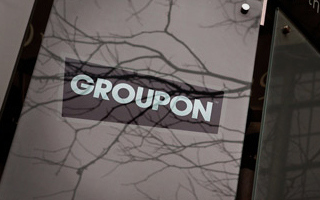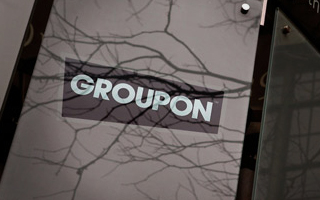 Groupon is taking its show on the road this week to pitch wary investors on its stock. Can the company prove it will be profitable in the long term even though it’s posting nothing but losses so far?
Groupon is taking its show on the road this week to pitch wary investors on its stock. Can the company prove it will be profitable in the long term even though it’s posting nothing but losses so far?
“If you look at the company’s prospectus, they say they expect to see losses for the foreseeable future,” said Dun & Bradstreet tech specialist Lee Simmons in a call with VentureBeat this morning.
At the end of the summer, Groupon announced that in spite of revenue gains, it was still showing staggering net losses of $102.7 million for both the first and second quarter of 2011, a figure that was nearly three times the $36 million loss from Q2 2010.
Groupon will be offering just 5 percent of its total shares for public trading starting November 4 and will likely offer more within the next 12 months.
Saying that he, himself, would not buy Groupon stock out of the gate, Simmons countered, “Hate ’em or love ’em, they’re a market leader in this e-coupon market segment.
“The bigger question is, how is this company going to carve a path to sustainability and profitability? Are they going to rely solely on coupons? What is their strategy for real growth?”
Simmons said that to inspire investor confidence, “They need to show that they are getting their overhead under control. In many ways, they’ve begun to show evidence of this by getting their marketing expenses under control and narrowing their losses.”
Still, he said, “They’ve pulled in the reins, and they’re not going to get the valuation they would have even three months ago.”
In fact, the startup’s valuation among analysts, investors and spectators has wobbled precariously between such extremes as $30 billion and $3 billion. Before last week, the valuation was suspected to be between $15 billion and $20 billion; however, the company is now pitching investors on a $16 to $18 share price that will value the company closer to $11.4 billion.
“I suspect that they are going to get as much as $540 million on November 4, which would put them at an $11.5B valuation,” said Simmons. “I don’t think they will have much trouble generating that.”
The tech IPO expert did say that giving an initial public offering before a company achieves profitability was not uncommon, particularly among tech companies, but that it was reminiscent of dotcom behaviors.
“You saw the same phenomenon in the late ’90s and early 2000s,” said Simmons. Now, he said, “A lot of investors are pinning their hopes on Web 2.0 … their knight in shining armor for the IPO market.”
Some are also concerned about the timing for this particular IPO. LinkedIn’s IPO in May, which Simmons cited as an example of rosier market conditions, saw splashy trading and pushed the company to a market value of more than $8 billion, nearly doubling its value overnight.
However, between August’s general market dip, the international debt crisis, U.S. unemployment concerns and the Occupy movement, quite a pall has been cast over public financial activity overall, leading many analysts to wonder whether the IPO window has closed for now.
“It may be a smart move to get something out the door before the end of the year,” said Simmons. “Better than waiting until Q1 or Q2 and seeing the market tank even further … There are lingering fears of a double dip.
“It’s going to be tough going in the months ahead, and a lot eyes are going to be on this IPO.”
VentureBeat's mission is to be a digital town square for technical decision-makers to gain knowledge about transformative enterprise technology and transact. Learn More

